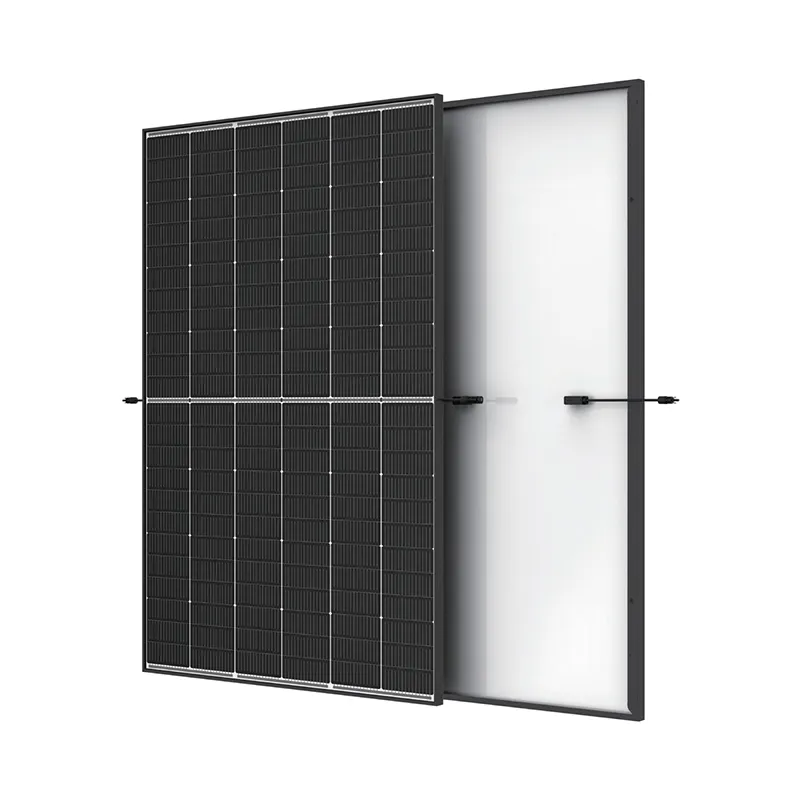The Manufacturing Process Behind Solar Panels Explained in Detail
How Solar Panels Are Made
Solar panels have become a cornerstone of sustainable energy solutions, transforming sunlight into electricity through innovative technology. Understanding the manufacturing process behind these panels reveals not only the intricacies of photovoltaic technology but also the commitment to creating cleaner energy. This article will guide readers through the step-by-step process of how solar panels are made.
1. Raw Material Acquisition
The primary raw material for solar panels is silicon, the second most abundant element in the Earth's crust. The process begins with the extraction of quartzite, a high-purity form of silica. Commercial solar panels typically use silicon in one of three forms monocrystalline, polycrystalline, or thin film. Each type has its unique manufacturing process and efficiency rates.
2. Silicon Purification
Once the quartzite is obtained, it undergoes a purification process to remove impurities. The standard method involves heating the quartzite in electric arc furnaces, resulting in metallurgical grade silicon. This silicon is then transformed into solar-grade silicon through further refining processes, typically using the Siemens process, which involves reacting with hydrogen chloride.
3. Wafer Production
The purified silicon is then melted and crystallized to form large ingots. For monocrystalline panels, single-crystal ingots are used, while polycrystalline panels are formed from multiple silicon crystals. These ingots are sliced into thin wafers, typically around 180 micrometers thick. This slicing must be done precisely to ensure that the wafers maintain structural integrity and uniformity.
solar panels how are they made

The sliced silicon wafers are then treated to create solar cells. The first step involves doping, a process where small amounts of other elements (like phosphorus and boron) are introduced into the silicon. This alters the electronic properties of the silicon, allowing it to generate electricity when exposed to sunlight. Following doping, the wafers undergo various treatments, including texturing to create a surface that absorbs sunlight more efficiently and the application of anti-reflective coatings to reduce light loss.
5. Module Assembly
The individual solar cells are connected and assembled into panels. This involves laying out the cells in a specific pattern and soldering them together to form a photovoltaic module. The cells are then encapsulated in layers of protective material, including glass, encapsulant, and a backsheet. This protective casing shields the cells from environmental factors such as moisture and temperature fluctuations, ensuring longevity and durability.
6. Testing and Quality Assurance
Before solar panels can be shipped and installed, they undergo rigorous testing to ensure they meet industry standards. This includes performance testing under various conditions, mechanical stress tests, and checking for potential defects. Quality assurance is critical, as it guarantees that the panels will reliably perform over their expected lifespan, typically 25 years or more.
7. Packaging and Shipping
Once the panels have passed quality control, they are packaged for shipping. Care is taken to ensure that they are protected during transit, as they can be fragile and susceptible to damage. They are then sent to distributors, retailers, and ultimately to consumers for installation on homes, businesses, and solar farms.
Conclusion
The manufacturing of solar panels is a complex but fascinating process that begins with the extraction of silicon and culminates in the production of efficient energy-harvesting devices. As technology continues to advance, the processes and materials used in solar panel production are evolving, leading to more efficient and cost-effective solar energy solutions. Understanding how solar panels are made not only highlights the technological ingenuity involved but also reinforces the importance of renewable energy in combating climate change and promoting a sustainable future.
-
Navigating Off Grid Solar Inverter: From Use Cases to Trusted PartnersNewsAug.05,2025
-
Solar Edge String Inverter: A Wholesaler’s Guide to Inverter Technology SelectionNewsAug.05,2025
-
Microinverters: Revolutionizing Solar Energy UseNewsAug.05,2025
-
Future of Monocrystalline Solar Panel Efficiency: Latest Technological AdvancesNewsAug.05,2025
-
Solar Panels for House: A Complete Guide to Residential Solar EnergyNewsAug.05,2025
-
Panel Bifacial Performance in Snow and Low-Light ConditionsNewsAug.05,2025







